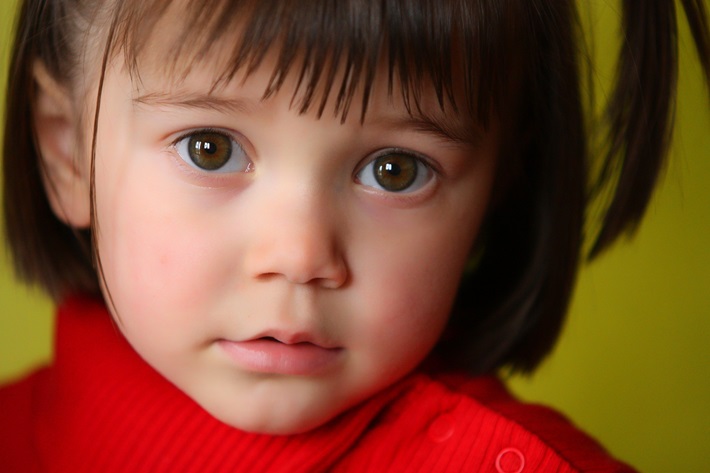
June is Cataract Awareness Month and as a result, this blog post is part of a series to help raise awareness of cataracts in children. Although typically associated with old age, cataracts can occur in children of all ages and this article is going to discuss what is cataract, the causes and how they can affect your child’s vision.
What is a cataract?
A cataract is a part of the lens in the eye that has become cloudy and thus prevents light from getting through. This restricts the amount of information the brain is receiving and can cause developmental issues. A cataract can affect either a part of the lens or the whole lens, it may be in one eye or both but treatment for cataracts cannot remove this cloudiness unless the lens is completely replaced.
What causes cataracts?
1) Congenital – These types of cataracts in children can occur at birth when the lens hasn’t formed correctly.
Many congenital cataracts are a result of another genetic mutation that could be related to metabolic or hormonal abnormalities. Conditions such as Down Syndrome can also be a cause of congenital cataracts.
25% of congenital cataracts are in fact a hereditary condition and passed down to the child from either mum or dad.
2) Acquired – These cataracts form when there is an abnormal interaction between the proteins that the body uses to make up the lens. Over a period of time, these interactions can cause cloudy areas to form in the eye.
There are a number of ways in which acquired cataracts can be caused, including:
- Eye trauma
- Diabetes
- Using steroids
- Complications from other eye diseases or treatment
Despite often being able to identify the cause, there are some cases where there is an unknown cause.
_______________
Read More:
6 Ways to Stop Your Child from Watching Too Much TV
Guide to Choosing the Best Pet for Your Child
7 Toddler Behaviour Problems Parents Shouldn’t Ignore
_______________
How do cataracts affect vision?
You may already be aware that cataracts in children can have a severe impact on their vision. This can result in blurred vision and also cause your child to develop a squint, where their eyes may look in different directions.
With younger children, it’s difficult to diagnose cataracts and determine how much of their vision is affected. If you can identify symptoms of cataracts early, there is an increased chance for reducing the damage to their vision later on.
Some cases of cataracts in children can result in a lazy eye where the development of the eye has been interrupted by the formation of the cataract. In severe cases, blindness can occur.
It’s important to seek medical advice if you suspect that your child is suffering from cataracts as you will want to limit the amount of damage this condition can cause. Although there will likely be an impairment to their vision, that isn’t to say that cataracts can’t be treated.
The likelihood is that your child will be prescribed glasses and even be recommended for surgery to replace the lens should it be a particular concern. Some children find that their cataracts have almost no impact on their vision whereas others can be severely impaired so it’s vital that you speak to your doctor who will be able to recommend the next step in treatment.
Resources:
http://www.childrenshospital.org/conditions-and-treatments/conditions/c/cataracts/overview
http://www.nhs.uk/conditions/Cataracts-childhood/Pages/Introduction.aspx


